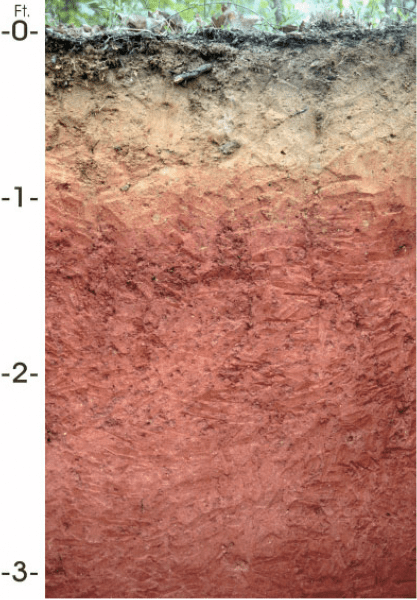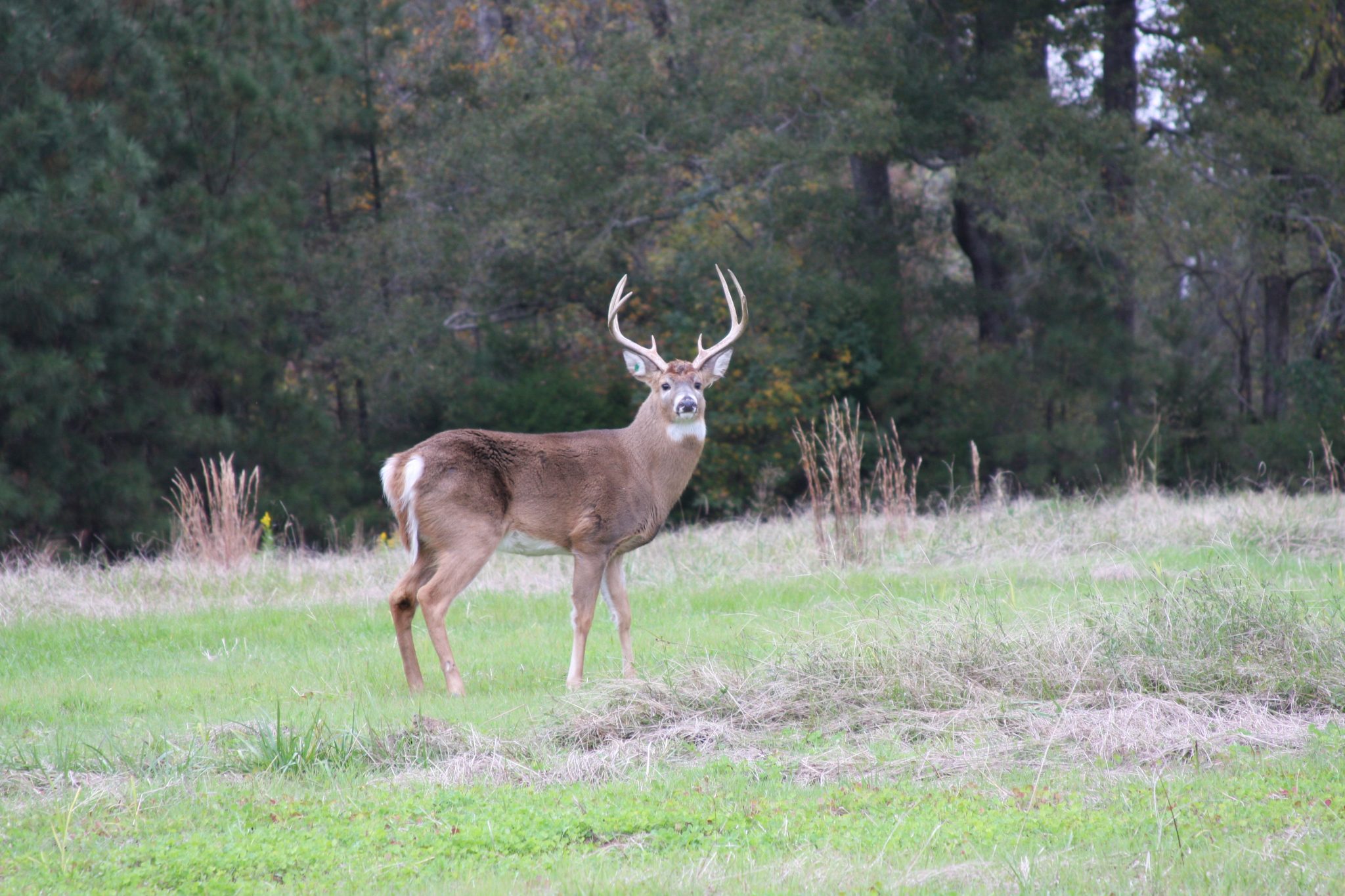Forestry & Wildlife

Most properties managed for wildlife have at least a few food plots planted on an annual basis. The formula for successful wildlife plots generally involves testing soils, liming and fertilizing as appropriate, managing weeds, tilling, and planting. The rest is left up to Mother Nature. However, even when following these steps, you may notice that some or all of your plots are not producing like they used to. The plots may also seem to be prone to failure in the summer months or in wet years.
Your food plot looks like it is on its way to serving as a wildlife buffet. Then, in late July or August things take a turn for the worse. The once up-and-coming plot suddenly stops growing and perhaps even fails completely. It is time plan B… again, for perhaps the third, fourth, or fifth season in a row. You send off soil samples to the university for testing and the results come back stating that that the soils are properly limed and fertilized and you are left scratching your head.
Does the following scenario sound familiar? There may be one factor that you hadn’t taken into account…hardpan.
What is Hardpan?

Alabama soil profile. Photo credit USDA employee
Hardpan is essentially a layer of soil that has become dense and compacted over years of heavy equipment, such as lime trucks, tractors, spray rigs, etc., riding over it. Tilling and disking also attributes to creating hardpan as they allow fine clay particles to continually settle out and collect just below the depth of disking.
This layer can be thought of as a concrete pad 2 to 10 inches underneath the topsoil that roots cannot penetrate and water cannot drain through. Hardpan restricts root development, reduces the ability of soils to retain moisture in the long term, and creates a field that is prone to flooding because moisture cannot pass through the nearly impermeable hardpan layer.
In just three years time, a hardpan layer can develop only a few inches beneath the topsoil. When this occurs, a crop will grow well until July when roots reach the hardpan and cannot grow any deeper. As the July and August heat comes and precipitation decreases, the plants will appear to suffer from drought even if the conditions are good for maintaining healthy wildlife plantings. Also, even minor rains can drown out plantings because the hardpan creates ponding and greatly increase the time a field takes to drain.
Hardpan is an issue that is often overlooked. If gone unchecked for a few years, the hardpan soil layer may be the cause of crop failure. Understanding hardpan is just one more tool to keep in your planting arsenal.
Testing for Hardpan
Testing for hardpan is not difficult and can be achieved by inserting a soil probe or metal rod directly into the soils. The probe/rod should insert fairly easily through uncompacted top soils. If hardpan is present, it will be very noticeable as it creates a great deal of resistance and the probe will require much more force to insert. Continue pushing through the hardpan until you feel the resistance decrease. Once this happens, stop and mark the depth at which you felt the probe break through to less resistance. Soil probes may be borrowed from your county Extension office, but call ahead to check availability.
Eliminating Hardpan
The depth reading of the hardpan is important to know if you want to be successful at eliminating hardpan. Eliminating hard pan requires the use of a subsoiling chisel plow and a tractor of at least 50 horsepower, both of which can be rented. The plow should be set to the depth that you measured the hardpan with your soil probe. Do not set the plow deeper as this will only serve as a waste of fuel and provide no further benefit. This will ensure that the hardpan is sufficiently broken, it is best to plow the entire field one-way (lengthwise) and then go over it another time in the opposite direction (widthwise).
More Information
The next time you recognize a failing food plot, or if you have not subsoil plowed your fields in the last three years, test to see if a hardpan has developed. In the long run, it may save you money, time, and headache. More information related to food plots and other wildlife topics is available at the Alabama Extension website www.aces.edu and your county Extension office.

